Research projects
2023 successfully completed

PyroVC
PyroVC - Creating value from previously non-recyclable polyvinyl chloride waste
Initial situation:
Polyvinyl chloride (PVC) is a thermoplastic material that has become essential in many everyday products. Due to its favourable characteristics, its applications in industry (construction and electronics) are extremely popular. At 37.4 million tonnes per year, PVC ranks third in global plastics consumption, behind polyethylene and polypropylene. Although PVC was already the most commonly produced plastic in the world in 1945, the issue of recycling has not been sufficiently clarified. The recycling rate in Germany is 37%, which is lower than the average recycling rate for plastics, which is 46% on average. The usual approaches to PVC recycling (landfill and burning) are either energy-intensive or inefficient in terms of the quality of re-use or harmful to the environment due to the release of harmful gases.
The project:
Pyrolysis technology makes it possible to break down PVC in the absence of oxygen and extract petrochemically recyclable plastics from it. Pyrolysis is the thermal decomposition of chemical compounds at high temperatures (600 °C) and breaks down the long-chain molecules into organic compounds. During pyrolysis, however, chlorine gases are released which can be separated, for example, by binding with sodium in the preliminary stage of the pyrolysis process. This leads to other useful products such as salts and enables pyrolysis without the formation of harmful exhaust gases. However, the successful establishment of pyrolysis technology on a large scale faces economic and operational difficulties due to fluctuating waste quantities and types as well as high investments. Rising energy and electricity costs and increasing disposal fees are currently creating new opportunities for small recycling plants. The challenges here are the robustness of the pyrolysis technology and the adaptation to fluctuating waste quantities and types, as well as the automatic system control to reduce personnel deployment and thus costs.
Objectives:
As part of the project, AES is developing a new system technology that makes it possible to process waste containing chlorine into a pyrolysis oil and hydrochloric acid or common salt. AES is responsible for the design and construction of the chlorine separation and the associated pyrolysis technology. In co-operation with Aachen University of Applied Sciences, the economic efficiency is already being evaluated during the project. Finally, the new system technology will be tested at a pilot client. This technical innovation of the automated pyrolysis system with an ecological approach can achieve C-cycle closure, CO2 savings, elimination of non-recyclable waste flows and efficient utilisation of material resources and recycling.